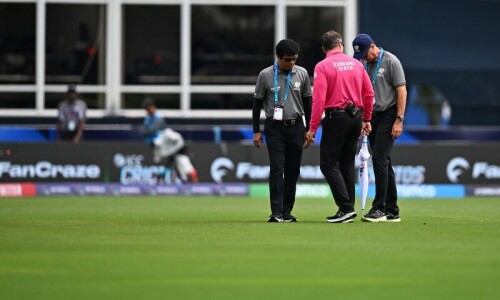IceCube array, the world's largest neutrino observatory, built under the Antarctic tundra near the US Amundsen-Scott South Pole Station, finished after a decade of toil on December 18, is located 1,400 metres underground and will help scientists study space particles in the search for dark matter, invisible material that makes up most of the Universe's mass. The cube is a network of 5,160 optical sensors which will detect the blue light emitted when a neutrino crashes into ice at almost the speed of light.


















































Dear visitor, the comments section is undergoing an overhaul and will return soon.